Tips For Managing Tech Distractions In The Workplace
Nine Tips For Managing Tech Distractions In The Workplace
1. Model Good Behavior
Workers take their cues from their leader. If the leader is multi-tasking and checking email while in meetings, so will the team. If the leader responds to email 24/7, so will the team. The leader should set the tone for a healthy, balanced relationship with technology, so the team embodies a best practice where technology is a tool, not a distraction.
2. Be Clear On Why And When To Use Certain Technologies During Work
Technology can be a blessing and a curse. To utilize technology in its best and most useful ways, companies must discern the whys and whens of their use of technology: Why are they using a certain technology, and how often should those technologies be used? When their whys and whens are discerned, technology becomes an asset — not a liability.
3. Be Intentional About Your Time Management
Recognize time as the most precious commodity in life, and be intentional with it. Devise a time management approach that ensures the most critical items on your schedule and plan are done first and promptly. Devise a habit-nurturing approach that divides the available time into categories and ensures your focus and emphasis is on the highest value items.
4. Don’t Allow Devices In Meetings
People in meetings should be present. Devices are disrespectful and distracting. Standards should be set: no devices in meetings. Set them to silent, remove them from the table or “check” them somewhere in the room. For those taking notes on a laptop, flatten the screen to break the barrier created when the screen is at 90 degrees. This lets others know you are present and not checking Twitter.
5. Deliberately Develop Your Ability To Focus
The average human has an eight-second attention span. We are set up to accept distractions. Deliberately develop your ability to focus like an athlete in training. Define the topic on which you will focus and for how long. Unplug from unworthy distractions, and determine what other distractions warrant your attention.
6. Disable Pop-Up And Sound Notifications
Tips for keeping technology from becoming a distraction in the workplace are to turn off pop-ups, turn down the volume, schedule response times and develop a personal emergency notification system. If there is someone who needs your attention right away, ask them to text or call you directly. This approach will allow you to manage technology instead of allowing technology to manage you.
7. Concentrate On Goals And Expectations
There have always been distractions, and there will always be distractions. To avoid them, the best approach is to constantly concentrate on goals and expectations. People generally understand their goals, but you have to also constantly communicate what is expected as they strive to achieve those goals. As long as the expectations are being met, then all is good.
8. Set Aside Designated Technology Time
With the overload of technology in the workplace, it can easily become a distraction rather than a tool. To increase productivity and minimize ineffectiveness due to technology interruptions, schedule “technology breaks” where you can actively engage in the use of technology at specified times to stay up-to-date, then schedule “work time” where technology is silenced or hidden from view.
9. Focus On Keeping Employees Engaged Enough That They Don’t Notice Distractions
Employees get distracted when they don’t engage with their work enough. While companies can regulate the use of technology, such as social media, they cannot guarantee that their employees are happy and, hence, engaged and productive. It’s important to get employees to do meaningful work, inspire them with a compelling vision and shiny goals, and create an environment where they want to do their best.
